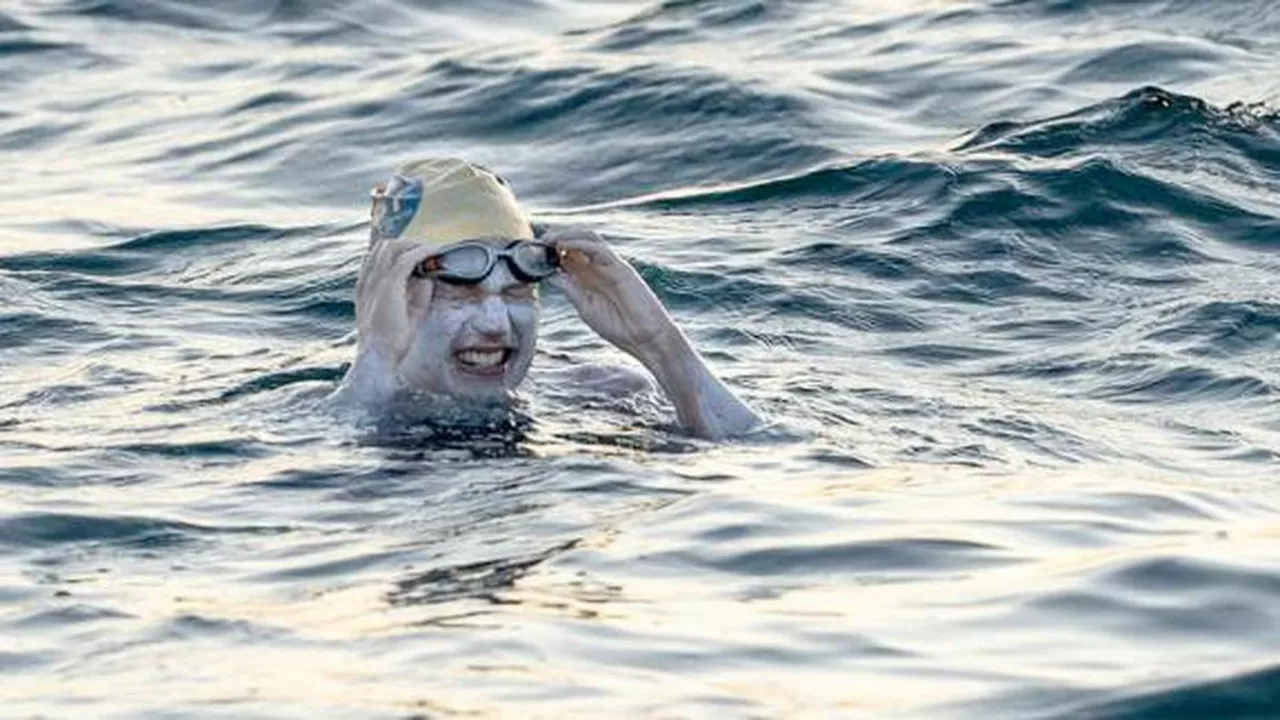Swim Tag – Your Go‑To Spot for All Things Swimming
If you’ve landed on this page, you probably have a question about swimming or just love the water. Good news – we’ve gathered the most useful info in one place so you can get faster, stay safer, and enjoy every dip.
Getting Started: Overcoming the Basics
Most beginners stumble on three things: breathing, coordination, and fear of the water. First, practice exhaling underwater. A simple trick is to blow bubbles while your face is in the pool; it teaches you to control breath without panicking.
Next, work on arm‑leg timing. Think of a gentle kick while you pull your arm straight back – the motion should feel like a smooth, continuous flow, not a choppy sprint. Start with short laps, focusing on the rhythm instead of speed.
Fear is a mental block, not a physical one. Spend a few minutes each session just floating on your back, eyes closed, letting the water hold you. The more you trust the water, the easier the strokes become.
Staying Safe and Improving Your Swim
Safety isn’t just about avoiding sharks – it’s about everyday habits. Always warm up with shoulder rolls and light stretches to protect joints. If you feel shoulder pain, pause and check your technique; a common mistake is pulling too far forward, which strains the rotator cuff.
For older swimmers or those returning after a break, start with low‑impact drills. A flutter kick board or a pull buoy lets you isolate one part of the body and build strength without overloading the whole system.
Want to boost fitness? Swim at a moderate pace for 30 minutes, then add short sprints of 25 meters. The interval method burns more calories and improves endurance faster than steady laps alone.
Remember the four competition strokes – freestyle, backstroke, breaststroke, butterfly – each has its own rules and technique quirks. Mastering all four makes you a versatile swimmer and opens up more pool activities, from lap training to water polo.
Daily swimming sounds tempting, but give your body rest days to avoid shoulder tendonitis. Mix up workouts: one day focus on distance, another on technique drills, and a third on speed work. Variety keeps muscles balanced and prevents overuse injuries.
If you’re curious about swimming with sharks, only go with a certified operator who follows strict safety protocols. A wetsuit, calm movements, and respecting the animal’s space are non‑negotiable rules.
Want to learn after 60? Absolutely possible. Look for a gentle instructor who tailors lessons to your pace. Shallow water, supportive floats, and plenty of breaks make the experience enjoyable and safe.
Bottom line: swimming is a full‑body workout that’s easy on joints, great for heart health, and can be learned at any age. Use the tips above, stay consistent, and you’ll see progress faster than you expect.
Got more questions? Browse the other posts tagged ‘swim’ for deeper dives on specific topics like stroke counts, daily routines, and gear advice. Happy paddling!
